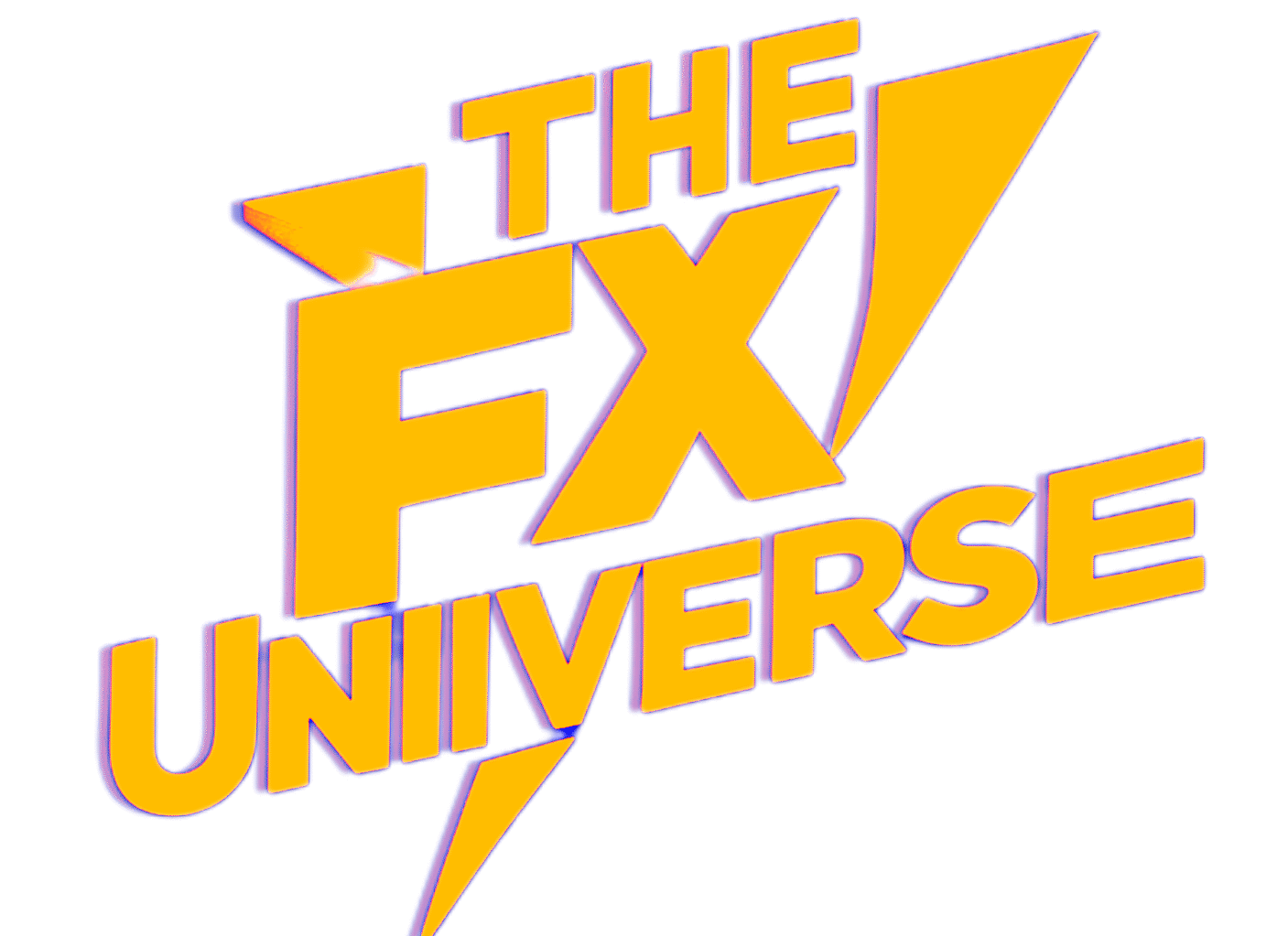Market Microstructure in Forex
1. Introduction to Market Microstructure
Market microstructure examines the processes and mechanisms behind currency trading, including price formation, liquidity, and the behavior of market participants.
Key Questions:
- How are Forex prices determined?
- Who are the key players in the market?
- How do trading rules impact liquidity and volatility?
2. Key Components of Forex Microstructure
2.1 Market Participants
| Participant | Role |
|---|---|
| Banks & Dealers | Provide liquidity and set bid/ask spreads. |
| Hedge Funds | Engage in high-frequency and algorithmic trading. |
| Retail Traders | Trade via brokers; impact short-term volatility. |
2.2 Order Types
- Market Orders: Execute immediately at current prices.
- Limit Orders: Set a specific entry/exit price.
- Stop Orders: Trigger trades when prices hit a level.
3. Price Discovery & Liquidity
Forex prices emerge from the interaction of:
- Bid-Ask Spread: Difference between buying/selling prices.
- Order Flow: Imbalance between buy/sell orders.
- Market Depth: Volume of orders at different price levels.
4. Trading Mechanisms
4.1 Electronic Communication Networks (ECNs)
Platforms like EBS and Reuters Matching connect buyers/sellers directly.
4.2 Over-the-Counter (OTC) Trading
Decentralized trading between institutions without a central exchange.
5. Impact of Technology
- Algorithmic Trading: 70-80% of Forex volume is algorithmic.
- Latency Arbitrage: Exploiting speed differences in price updates.
- Dark Pools: Private trading venues for large institutional orders.




